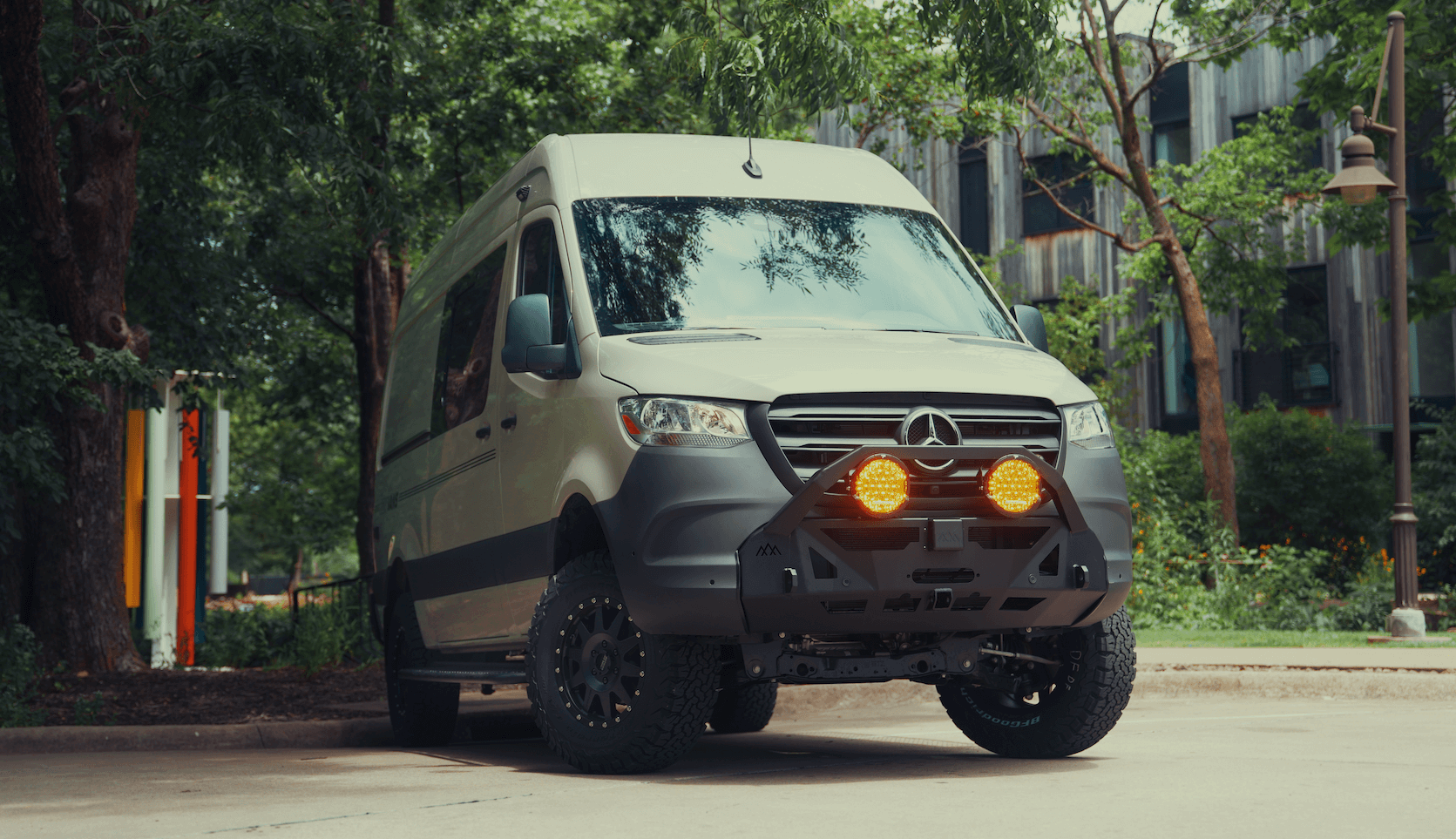Recreational Vans

Privacy curtains do three jobs at once: block sightlines, dim or black out light, and buffer temperature swings. In vans and cars, they turn glass-heavy cabins into controllable rooms. At night, blackout fabrics stop headlight flare and campground glow. During the day, they cut radiant heat and create a calm work or rest zone. The right system makes a vehicle feel more like a studio with doors than a fishbowl on wheels.
Opacity ranges from light filtering to full blackout. Blackout is achieved with multi layer constructions that include an embedded light blocking membrane. Dark face fabrics are not required for darkness, but they help hide dust and UV fade. True blackout requires tight perimeter seals, overlap at the center, and minimal “stack back” gaps when open.
Curtains are not insulation in the strict sense, but dense textiles add resistance to heat flow and stop drafts. Pairing a thermal liner or radiant barrier backing improves comfort near large panes. Heavier fabrics and layered builds can slightly reduce high frequency noise, which helps with road hum, but do not expect major soundproofing.
Blocking views limits casual theft risk by removing visual temptation. In urban street parking, a simple cab divider turns a busy block into a private room. For family travel, bedtime is easier when the sleeping area is dark and separated from the cockpit.
Selecting fabric is the foundation. Look for a durable face fabric, a blackout or thermal core, and a stable backing that resists stretching. Automotive interiors demand materials that handle UV, heat, and constant movement.
Seam construction should include top stitching for durability and bar tacks at stress points. Consider 1.5x to 2x fullness to avoid a flat, “sheet like” look and to improve light blocking between pleats. Edge treatments with magnetic tape or sewn in magnets help seal to body metal, while felt or silicone gaskets guard paint.
Automotive textiles should meet FMVSS 302 flammability standards or equivalent. If you cook inside the vehicle, prioritize flame resistant or treated fabrics. In humid climates, select mildew resistant liners and avoid trapping moisture behind non breathable layers without ventilation.
Curtains near cold glass can collect condensation. Mitigate with breathable liners, small air gaps, and regular airing out. Wipe down windows on damp mornings and consider desiccant packs in window wells to prevent mold.
Mounting is where most privacy curtains succeed or fail. The goal is smooth operation, excellent coverage, and a secure but serviceable install that respects safety systems.
For cab dividers, a curved track that follows the headliner arc seals better than a straight rod. In cargo or rear doors, consider split panels with tie backs so you can pass gear without opening the full curtain.
Keep airbags, sensors, and handles unobstructed. Avoid mounting into A pillar trim that houses airbags. Use metal or structural points when anchoring loads in moving vehicles. When driving, stow curtains so they cannot swing into sightlines. Remember that front side window coverage laws vary; many regions prohibit opaque coverage while in motion.
A clean install starts with accurate templates. Cardboard or pattern paper helps trace complex window arcs and headliner curves. Add seam allowances, hem depth, and track hook drop to your measurements.
For maintenance, vacuum dust, spot clean oils, and launder within fabric guidelines. Sun can fade face fabrics over time, so rotate or close curtains when parked for long periods in direct light.
Keep the full toolkit in mind. Magnetic window covers offer rigid light blocking but require storage. Roller shades provide tidy operation but need mounting depth and precise brackets. Window tint limits daytime visibility into the cabin, yet offers minimal night privacy. For many owners, a hybrid approach works best: tint for daytime, curtains for night, and insulated covers for extreme temps.
A curtain system should not be an afterthought. Tracks can be recessed into headliner trim, routed around cabinets, and aligned with lighting so open panels do not shade fixtures. Consider how curtains meet bed edges, slider doors, and galley splash zones. If you plan a full interior, design curtains alongside power, storage, and ceiling treatments to avoid rework.
As a custom builder, OZK integrates privacy curtains within complete interiors or partial upfits. Tracks follow the van’s curves, magnets align to metal structure, and fabric choices match seat upholstery and cabinet finishes. Cab dividers can include pass through zippers, mesh vents, or removable center sections. The result is privacy that looks factory and performs like a studio blackout.
If you want quick coverage for weekend trips, a simple track and blackout fabric set will transform nights. If you are planning a full camper or commercial upfit, design privacy zones early so wiring, storage, and egress routes stay clean and compliant. Either way, a well planned curtain system delivers calm, darkness, and a sense of home wherever you park.
OZK Customs builds complete vans and performs partial upfits that include privacy curtains, insulated partitions, lighting, power, and cabinetry. Our team plans airflow, light control, and safety clearances before the first stitch, then installs with tight tolerances so panels glide and seal correctly. When you are ready, we can fold curtain design into a larger interior plan that fits your travel style and gear.
Strong installs start with design. OZK makes sure your privacy upgrades click into place with the rest of your rig, so your nights are restful and your days run smoothly.
Recreational vans Custom van builds Mainstream vansReady for a quieter, darker cabin with clean fitment? Book a consult to add privacy curtains as part of a partial upfit or full custom build. OZK Customs designs, fabricates, and installs pro-grade curtain systems that integrate with lighting, cabinetry, and safety systems—so you get privacy without compromises.
ADDRESS:
6159 E Huntsville Rd, Fayetteville, AR 72701
PHONE:
(479) 326-9200
EMAIL:
info@ozkvans.com